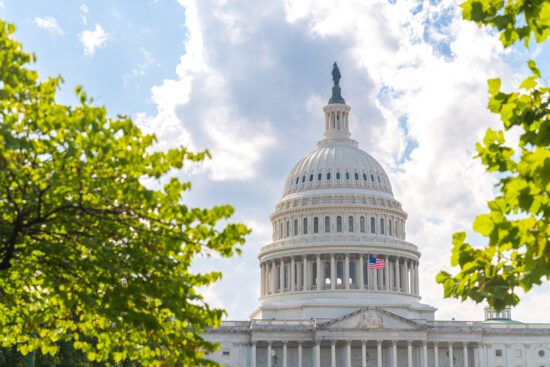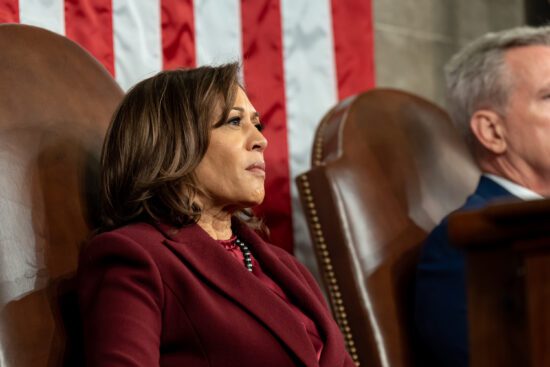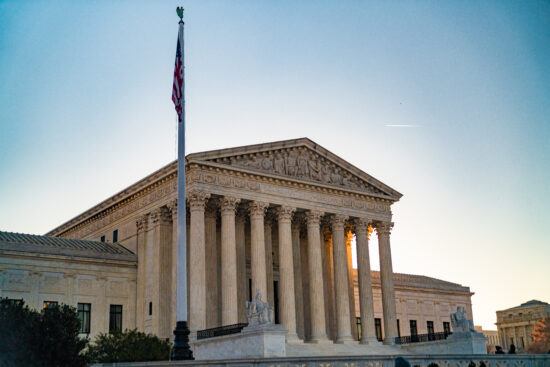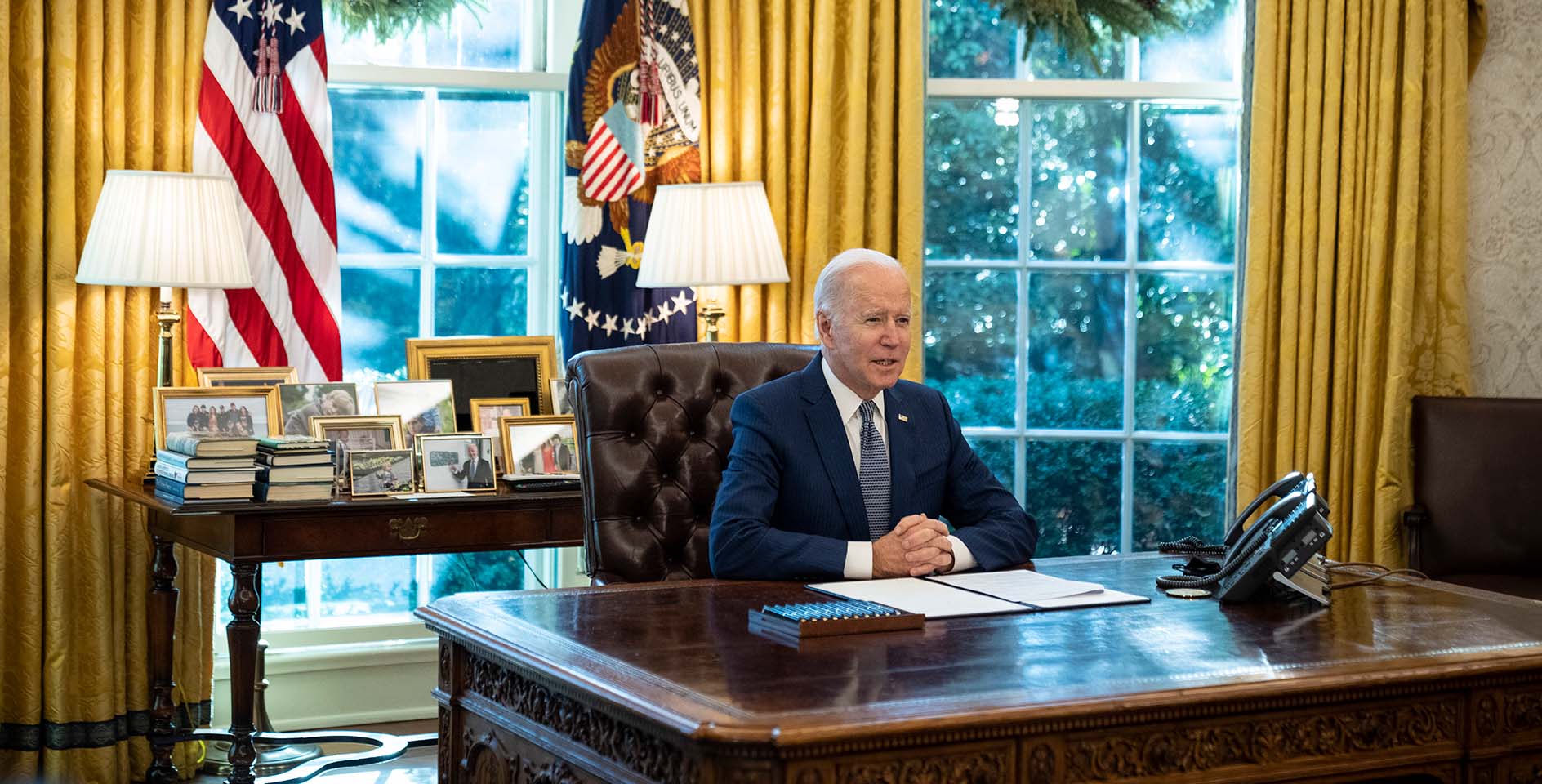What just happened?
Last Friday the Department of Health and Human Services issued a new final rule to reinstate Title X regulations that separate taxpayer dollars from funding abortion. The new rule shifts funding from abortion providers—such as Planned Parenthood—and steers some of it toward faith-based care providers.
What is the Title X funding program?
Title X or Title X Family Planning is the common name for Public Law 91-572—the “Family Planning Services and Population Research Act of 1970.” Title X is a federal grant program “dedicated solely to providing individuals with comprehensive family planning and related preventive health services.” The funds—currently $286.5 million a year—are given to the individual states who, based on federal rules and regulations, disperse it to qualified Title X clinics.
The statute prohibits this money from being used to support abortion as a method of family planning. According to the law, “[n]one of the funds appropriated under this subchapter shall be used in programs where abortion is a method of family planning.”
Does the rule cut Title X funding?
No, the rule will not cut funding for legitimate family planning services (i.e., those not related to abortion).
If Title X already prohibits funding of abortion, why is the new rule necessary?
Title X allows grant money to be “used only to support preventive family planning services.” All this really means, though, is that grant recipients like Planned Parenthood cannot directly use money from the federal government for abortion services. But money is fungible. A dollar spent for one purpose can also cover other purposes. For example, the money the federal government gives to Planned Parenthood can be used indirectly to cover operating and overhead costs such as rent and staff salary. This allows Planned Parenthood to provide abortions that are essentially subsidized by the government.
To prevent this from happening, former President Reagan issued a regulation that required that Title X projects be organized so that they are “physically and financially separate” from prohibited abortion activities. This regulation was challenged in the courts, but was upheld in the 1991 Supreme Court ruling, Rust v. Sullivan.
When former President Clinton took office, he reversed that regulation, and it was never reinstated. Former President Obama issued an additional regulation prohibiting states from defunding or deprioritizing abortion businesses in issuing subgrants with their Title X money. (This regulation was overturned by Congress in March 2017.) President Trump’s rule is loosely based on the Reagan-era framework.
Will this rule “defund” Planned Parenthood?
No, though it does reduce the amount of money Planned Parenthood will be able to receive from the Federal government.
The new rule imposes a statutory requirement that none of the funds appropriated for Title X may be used in programs where abortion is a method of family planning, as well as related statutory requirements. This means that if Planned Parenthood conducts abortions or offers abortion-related services at a specific clinic, that facility will be unable to receive Title X funds. The result is that Planned Parenthood is expected to lose about $50 million to $60 million—about 10 percent—of the $543 million in government grants and reimbursements they receive each year.
While this is a positive and laudable step to restore the intent of Title X, the executive branch is limited in what it can do in preventing abortion providers from receiving government funding. The defunding of groups like Planned Parenthood must ultimately come from changes in the law made by the legislative branch.
Does this rule prevent Title X clinics from counseling women about abortion?
No. While President Trump’s rule is based on the Reagan-era framework, it does not reimplement the prohibition against counseling about abortion. Title X clinics would, however, be prohibited from referring for abortion.
Will this regulation force Planned Parenthood to choose between receiving Title X funding and performing abortions?
Not necessarily, but this new regulation does require a “disentanglement” of funding. Planned Parenthood and other Title X clinics would need to change the way they operate and possibly reorganize their legal structures in order to comply with the new regulation. But since the Reagan-era, technology and other regulations have made it much easier for organizations like Planned Parenthood to comply with the rule in a way that allows them to continue to perform abortions and still receive Title X grants.
The increase of medical abortions (i.e., using drugs such as Mifepruex to induce abortion) has reduced both the number of personnel and the type of facilities needed for Planned Parenthood to conduct abortions. For example, four states allow women the ability to speak with a doctor from their own home and to receive their medications by mail. Some other states use a form of telemedicine abortion called “the Iowa model.” As Eric Wicklund explains,
Current FDA rules restrict the drug – also known as Mifepruex – to clinical settings, specifically excluding pharmacies, so that it can’t be prescribed or mailed. That has given rise to a form of telemedicine abortion called “the Iowa model,” in which the patient visits a clinic and consults via telemedicine with a clinician in another location. In that setting, the clinician examines the patient remotely, consults with a nurse or healthcare worker at the patient’s bedside, then decides whether to approve the use of mifepristone, which is in a locked cabinet at the clinic that can be remotely opened by the clinician.
By using a telemedicine process, abortion clinics could assign a single small room and one employee to conduct abortions on the premises and still be in compliance with the regulation. And this is just one of the many ways Planned Parenthood and other abortion providers may be able to avoid complying with the intent of Title X and the new regulation.
What is ERLC’s position on the new rule?
When the rule was proposed last year, ERLC President Russell Moore issued a statement, ahead of the ERLC submitting public comments in support of the rule, saying:
I welcome this announcement from the administration of its intention to propose a rule clearly stating that family planning does not include abortion. This is a critical point to make, because the facts are clear: without abortion, there would be no Planned Parenthood. Planned Parenthood is not a ‘healthcare’ organization but a storefront for an industry that devalues human life and exploits families and communities.
This rule from the Department of Health and Human Services is a responsible and commendable step toward our goal of totally separating taxpayer funds from Planned Parenthood and the abortion industry. We will work to make sure the rule remains strong as it works through interagency review. At the same time, we know Planned Parenthood will do everything in its power to maneuver around this rule, even if enacted. That being the case, we will continue to call upon Congress to take legislative action, and we will not stop until abortion is no longer supported with even a penny of taxpayer funds.
When the rule was finalized, Moore expressed gratitude for the administration's action "that states unequivocally that family planning does not include abortion." The HHS rule is, "a responsible step toward our goal of totally separating taxpayer funds from Planned Parenthood and the abortion industry. Without abortion, there would be no Planned Parenthood because, according to their own president, it is their 'core mission.'"
"We know this profit-driven industry, which devalues human life and exploits families, will do everything in its power to maneuver around this rule as they seek to use taxpayer dollars for abortion," he said in written comments for Baptist Press. "That being the case, we are thankful for these regulations from HHS and continue to call upon Congress to take legislative action. We will not stop until abortion is no longer supported with even a penny of taxpayer funds."










